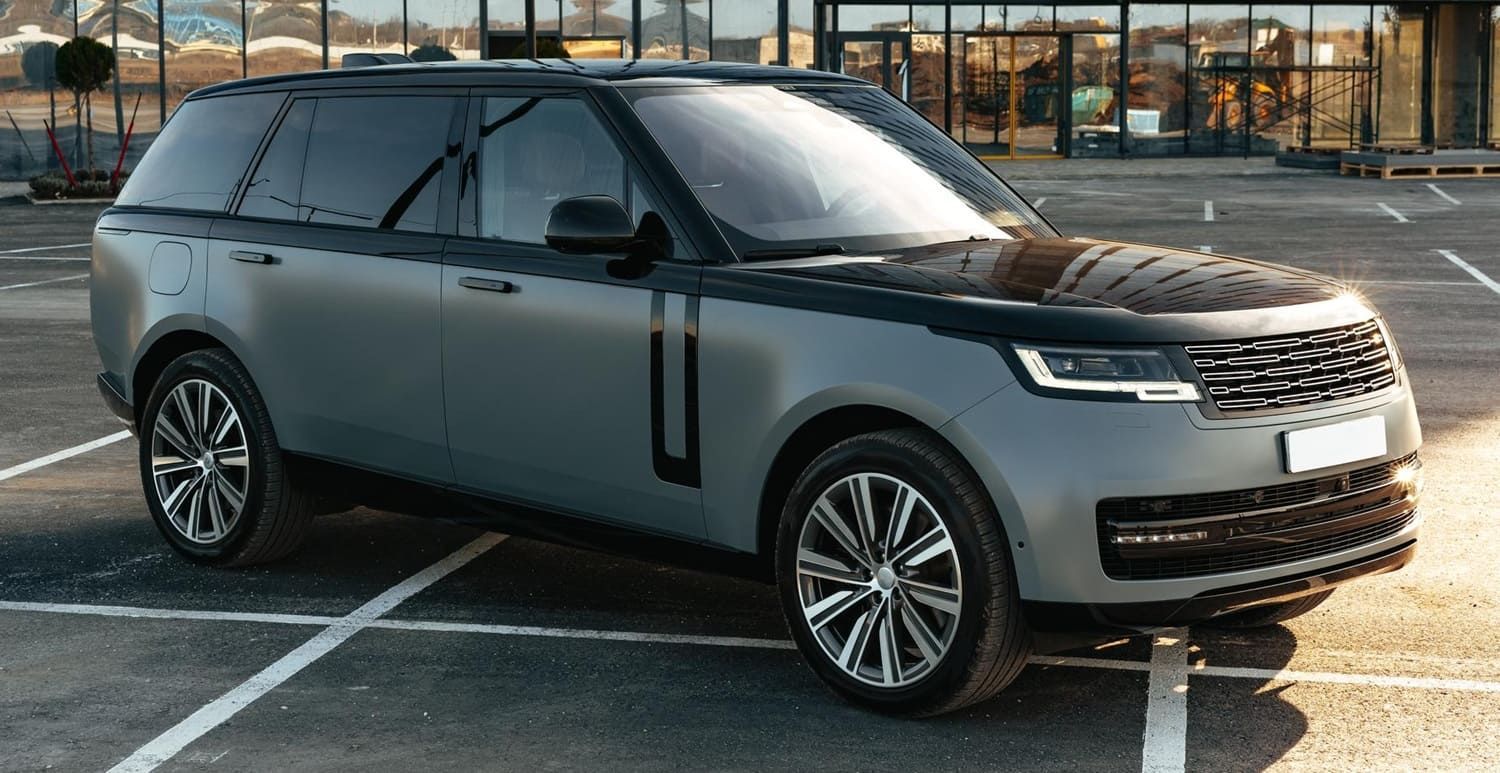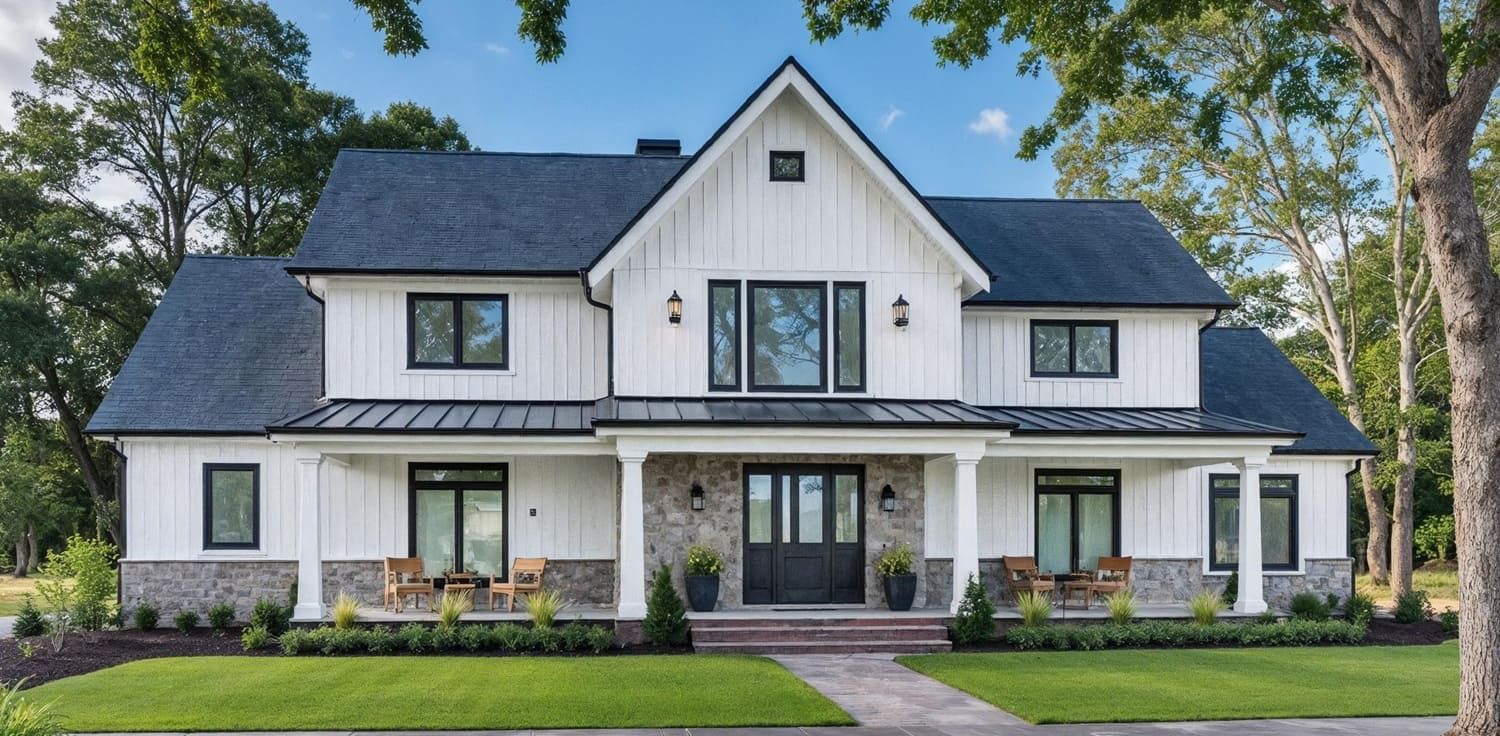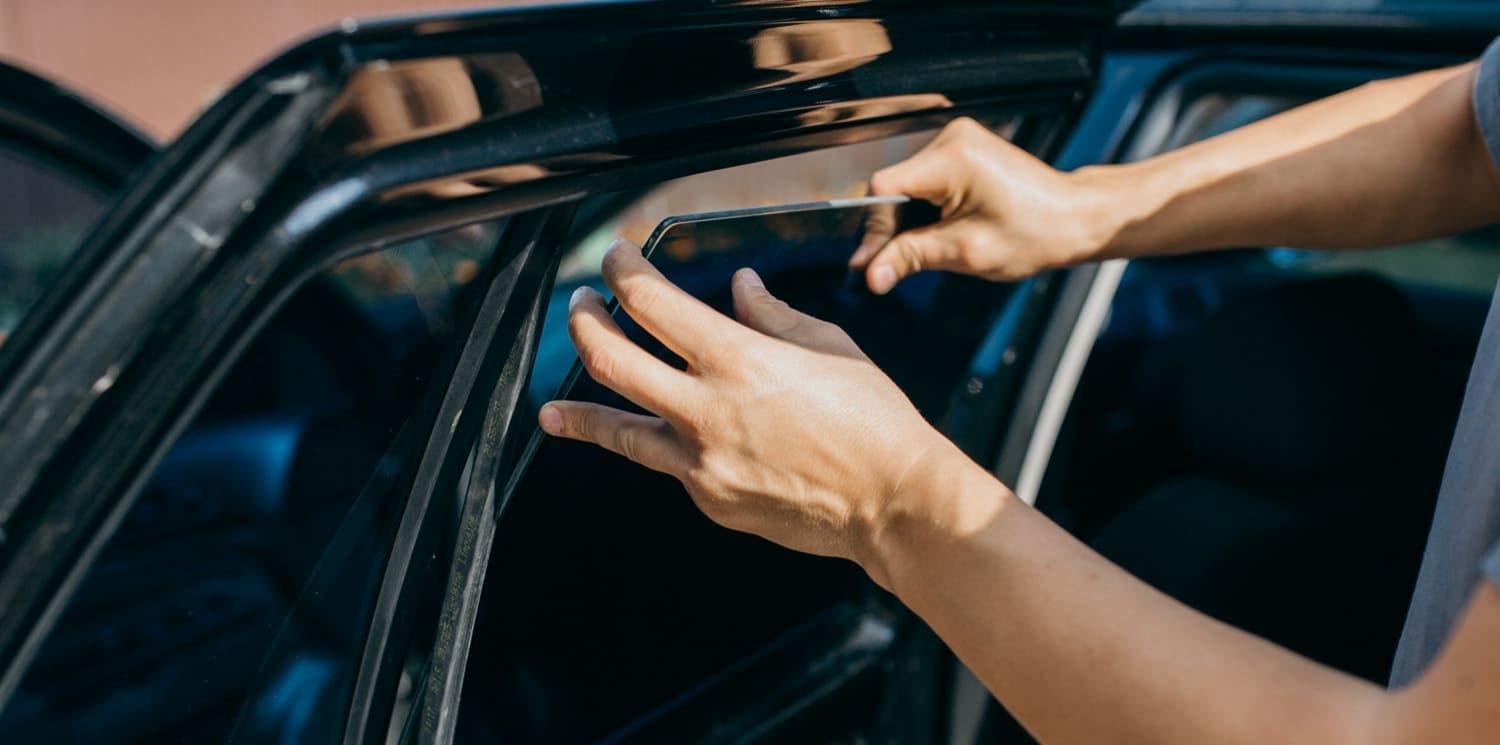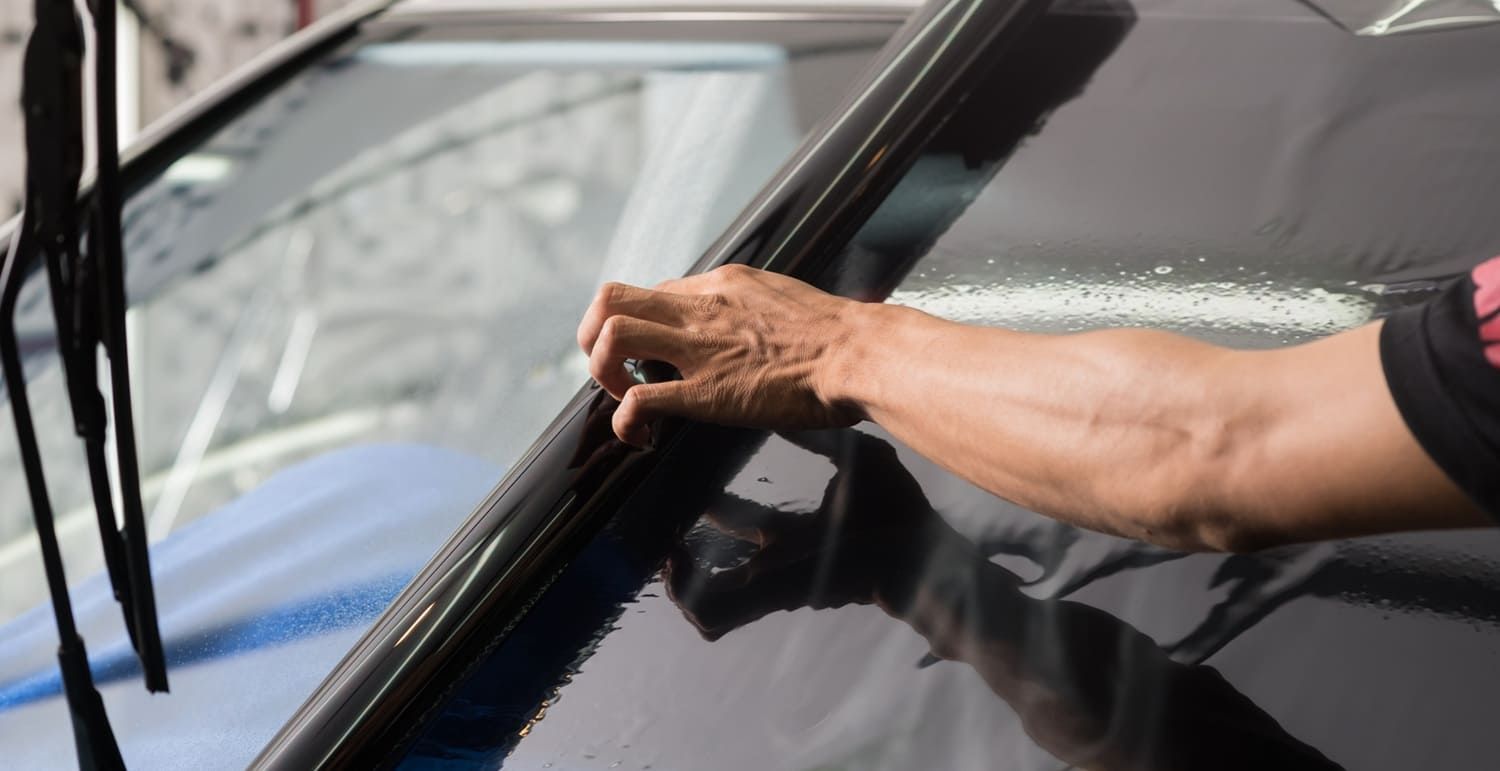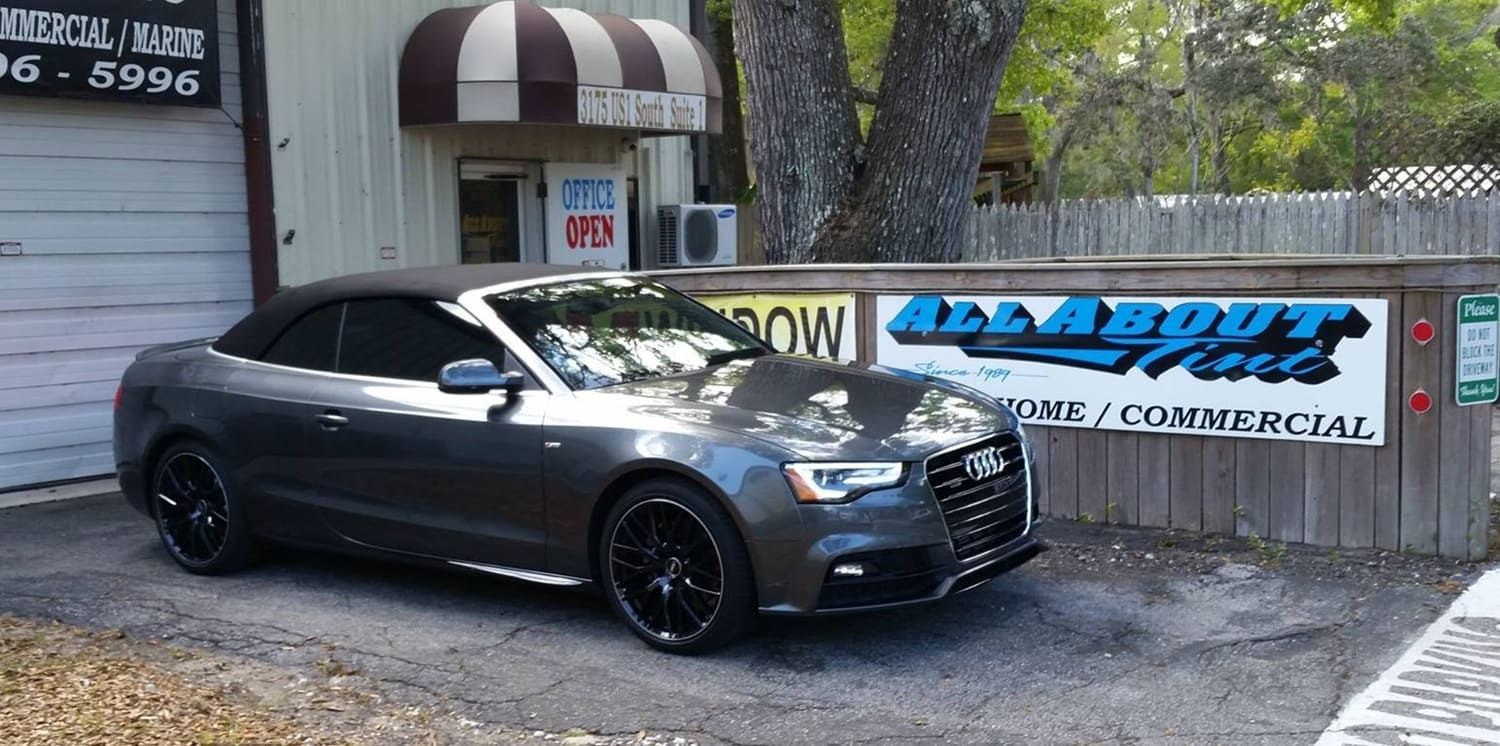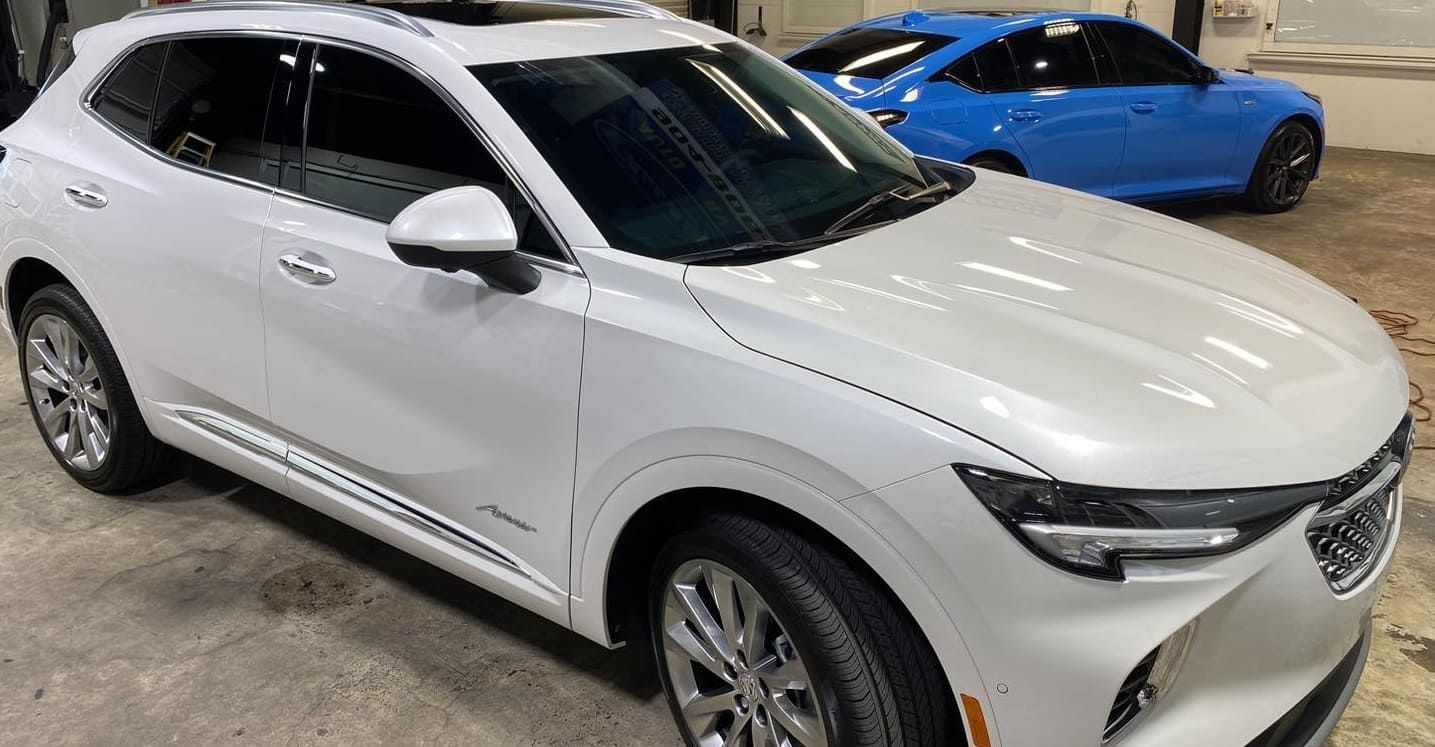Why Ceramic Tint Is the New Industry Standard
Ceramic tint represents a significant advancement in window tinting technology. As more people prioritize energy efficiency, comfort, and health, ceramic tint addresses these needs with its unique properties. In this article, we will delve deeper into what makes ceramic tint the industry standard and why it stands head and shoulders above other types of window tints available on the market.
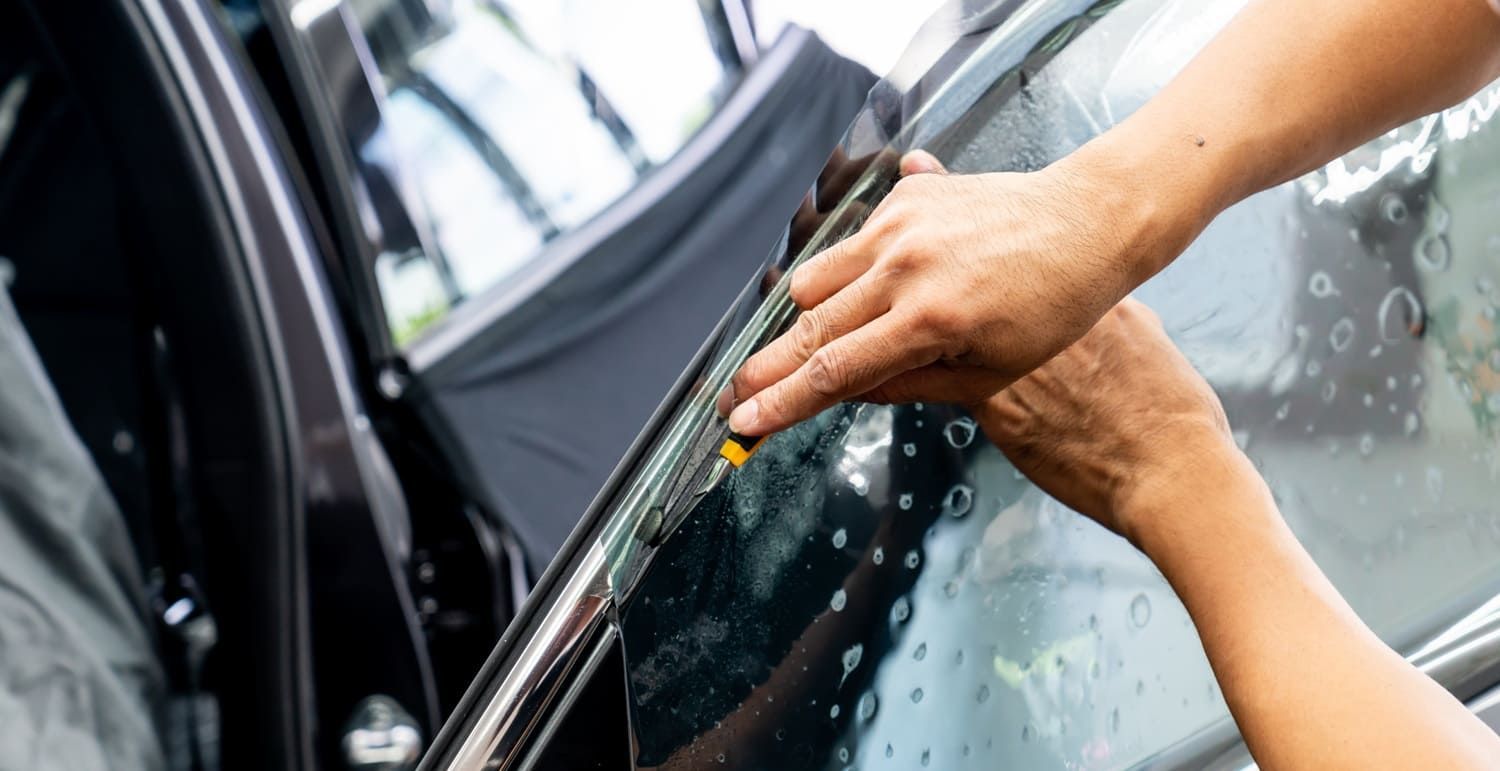
What Is Ceramic Window Tint?
Ceramic window tint is a high-performance film made from ceramic particles. Unlike traditional dyed or metallic films, ceramic tint does not contain dyes or metals. This makes it non-conductive and highly durable. Ceramic tints are engineered to block heat, UV rays, and glare without compromising visibility. This makes them an ideal choice for those who want both functionality and longevity in their window tint.
The Composition of Ceramic Window Film
Ceramic window film consists of microscopic ceramic particles that are embedded into a thin, clear film. These particles are invisible to the naked eye but work effectively to reduce heat and block harmful UV rays. The advanced technology behind these films allows them to perform exceptionally well in harsh weather conditions, ensuring that your car's interior remains protected year-round. Additionally, the absence of metal in the film ensures it won’t corrode, adding to its longevity.
The unique composition of ceramic window film means it can withstand higher temperatures without degrading, unlike some other types of tint. The ceramic particles are impervious to the sun's rays, meaning they won’t change color or lose effectiveness over time. This results in a consistently high level of performance and protection, making ceramic film a wise investment for those looking to enhance their vehicle's appearance and functionality.
Benefits of Ceramic Window Tint
Ceramic tint offers several advantages over traditional tinting options, making it the go-to choice for modern vehicles. Not only does it provide aesthetic appeal, but it also contributes to the overall functionality and efficiency of your vehicle. The benefits extend beyond just the vehicle's appearance, addressing various practical needs of modern-day drivers.
Superior Heat Rejection
Ceramic window tint is renowned for its exceptional heat rejection capabilities. It can block up to 50% of solar heat, keeping the interior of your car cooler and reducing the need for air conditioning. This not only enhances comfort but also improves fuel efficiency. By reducing reliance on air conditioning, ceramic tint contributes to a greener environment and can lead to long-term savings on fuel costs.
Moreover, the ability to maintain a cooler car interior is particularly beneficial in hot climates, where excessive heat can quickly become uncomfortable. This heat rejection helps protect the car's interior from damage caused by extreme temperatures, preserving the value and appearance of the vehicle over time.
UV Protection
One of the most significant benefits of ceramic tint is its ability to block harmful UV rays. Ceramic films can block up to 99% of UV radiation, protecting both the car's interior and the occupants from sun damage. This is especially important for preserving the upholstery and dashboard of your vehicle. UV protection is critical in preventing the fading and cracking of interior materials, which can occur with prolonged sun exposure.
Furthermore, protecting passengers from UV radiation is crucial for health reasons, as excessive UV exposure can lead to skin damage and increase the risk of skin cancer. Ceramic tint acts as a barrier, reducing the risk of these health issues while ensuring a safer and more comfortable driving experience.
No Signal Interference
Unlike metallic tints, ceramic window films do not interfere with electronic signals. This means you can enjoy uninterrupted use of GPS, mobile phones, and radio frequencies. The non-conductive nature of ceramic tint ensures that all electronic devices function optimally, providing a seamless driving experience.
This is particularly important in our increasingly connected world, where reliable communication and navigation systems are essential. Whether you're using a satellite radio, a Bluetooth device, or a navigation system, ceramic tint ensures that all signals are transmitted without interruption, adding convenience and safety to your journey.
Enhanced Clarity and Visibility
Ceramic tints provide excellent clarity and visibility. The absence of dyes and metals ensures that there is no distortion or color change, offering a clear view both day and night. This ensures that drivers can see clearly in all lighting conditions, enhancing safety on the road.
The enhanced clarity of ceramic tint means that it does not produce the hazy or reflective effects that some other tints might, leading to a more enjoyable driving experience. This clarity is particularly beneficial in low-light conditions, such as at dawn or dusk, where clear visibility is crucial for safe driving.
Comparing Ceramic Tint to Other Tints
When it comes to choosing a window tint, it's essential to understand how ceramic tint compares to other types. Each type of tint has its own set of characteristics, and making the right choice depends on your specific needs and preferences. Ceramic tint stands out for its unique combination of durability, performance, and aesthetics.
Dyed Window Tint
Dyed window tint is one of the most affordable options, but it lacks the durability and performance of ceramic tint. While it provides some heat reduction and privacy, dyed tint tends to fade over time and does not offer significant UV protection. This fading can lead to an uneven appearance and reduced effectiveness over the lifespan of the tint.
Moreover, dyed tints can also suffer from color distortion, affecting the overall look of your vehicle. While it may initially be cost-effective, the need for frequent replacements and lack of long-term benefits make dyed tint less appealing for those seeking a lasting solution.
Metallic Window Tint
Metallic tints are more durable than dyed films and provide better heat rejection. However, they can interfere with electronic signals and often have a shiny appearance that may not be desirable for all car owners. This reflective quality can also create glare, which may be distracting to drivers and potentially hazardous.
Additionally, the metallic components in these tints can corrode over time, especially in humid or coastal environments, leading to a compromised appearance and reduced effectiveness. While they offer some advantages, the potential downsides of metallic tints often lead consumers to choose ceramic options for a more balanced approach.

Installation Process of Ceramic Window Tint
The installation of ceramic window tint is a precise process that should be performed by professionals. The film is carefully applied to the interior side of car windows, ensuring a perfect fit and bubble-free finish. Proper installation is crucial to maximize the benefits of ceramic tint and ensure its longevity.
Professional Installation
It's crucial to choose a reputable installer with experience in applying ceramic window film. Proper installation ensures the longevity and effectiveness of the tint. Experienced professionals have the necessary tools and skills to apply the film without creating bubbles or creases, which can detract from its appearance and performance.
A professional installation also often comes with a warranty, giving you peace of mind that any issues will be addressed. This added assurance makes professional installation a worthwhile investment for those serious about maintaining their vehicle's appearance and functionality.
DIY Installation
While some may attempt a DIY installation, it's not recommended unless you have experience with window tinting. Mistakes during installation can lead to bubbles, creases, and reduced effectiveness of the film. DIY attempts often result in uneven application, which can compromise the tint's appearance and performance.
Furthermore, the lack of specialized tools and knowledge can result in a subpar finish that detracts from the overall look of your vehicle. For those unfamiliar with the process, the time and effort required for a DIY installation may outweigh any cost savings, making professional installation the preferable choice.
The Cost of Ceramic Window Tint
Ceramic tint is generally more expensive than dyed or metallic tints. However, the long-term benefits and durability often justify the initial investment. Prices can vary based on the make and model of your car, as well as the quality of the ceramic film used. In the long run, the durability and performance of ceramic tint can lead to savings on energy costs and maintenance.
Investing in ceramic tint can also enhance the resale value of your vehicle. Buyers often appreciate the added benefits of ceramic tint, making your car more attractive on the market. This potential increase in resale value can help offset the initial cost of installation, making it a financially sound decision for many car owners.
Conclusion
Ceramic window tint has set a new benchmark in the automotive industry with its superior performance and wide-ranging benefits. At ALL ABOUT TINT, your premier window tinting installers serving St. Augustine, FL, we specialize in high-quality ceramic tint installations that offer unmatched heat rejection, UV protection, optical clarity, and zero signal interference.
As more drivers recognize the advantages of ceramic window film, it continues to rise in popularity as the preferred choice for automotive tinting. Its combination of performance and style makes it a versatile and effective solution for enhancing comfort, protecting interiors, and upgrading your vehicle’s appearance.
Contact ALL ABOUT TINT today for your free estimate and expert advice on the best ceramic tint solution for your car.
Whether you're prioritizing protection, performance, or aesthetics, ceramic window tint is a smart investment—setting the standard for long-lasting value and next-level driving comfort.




